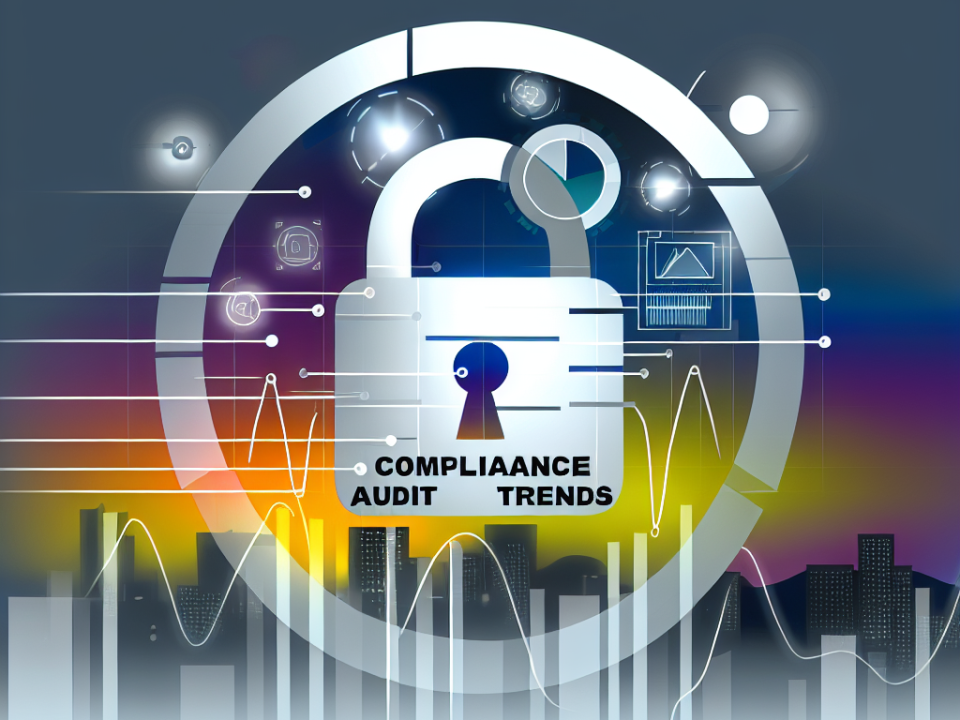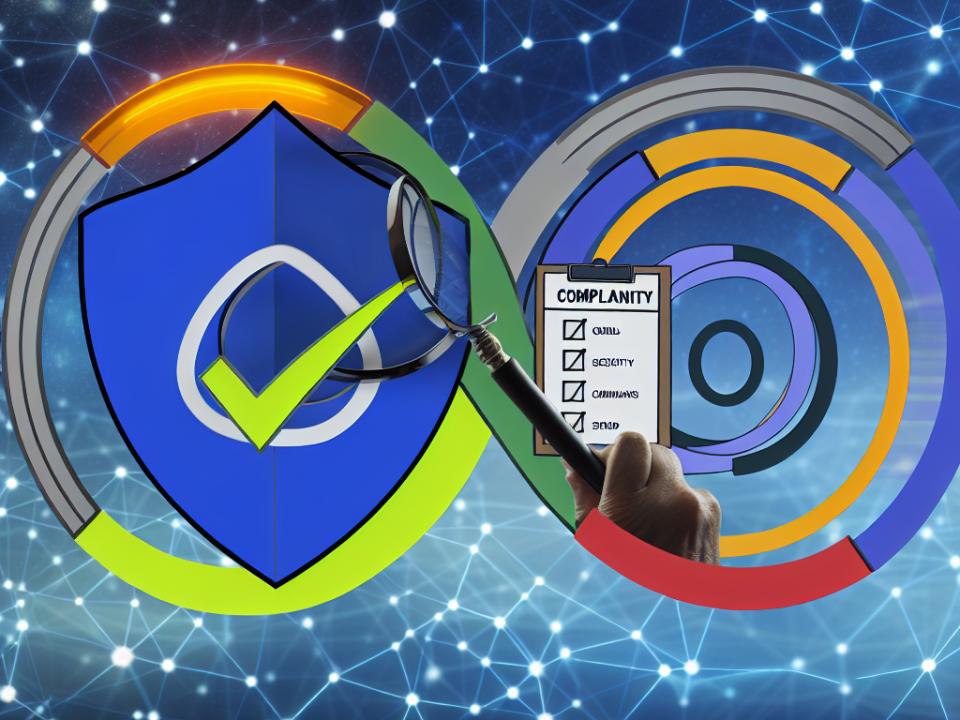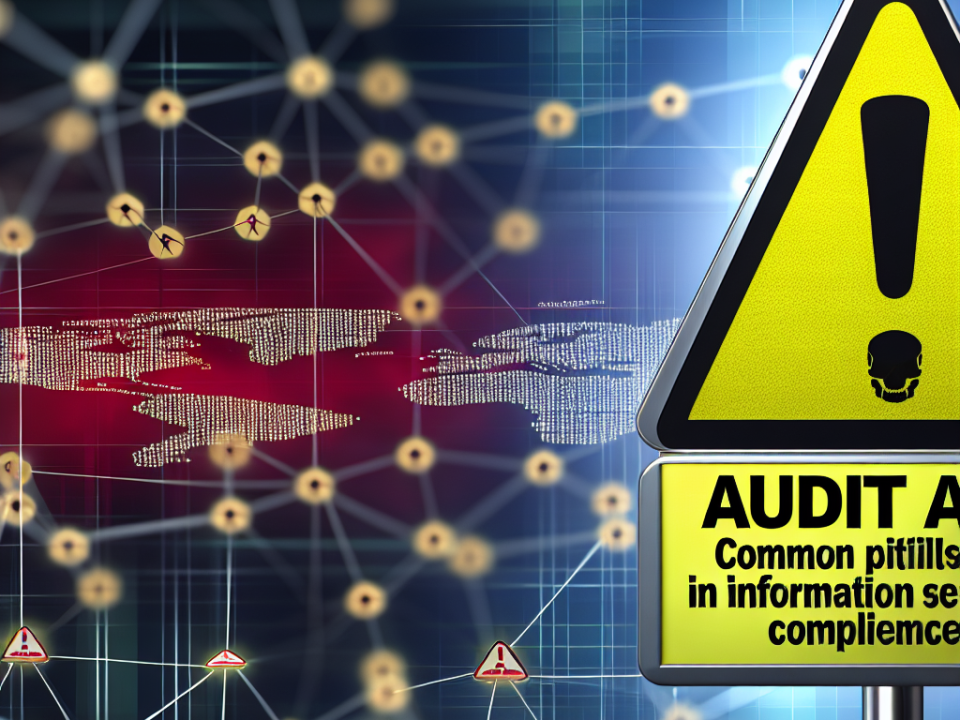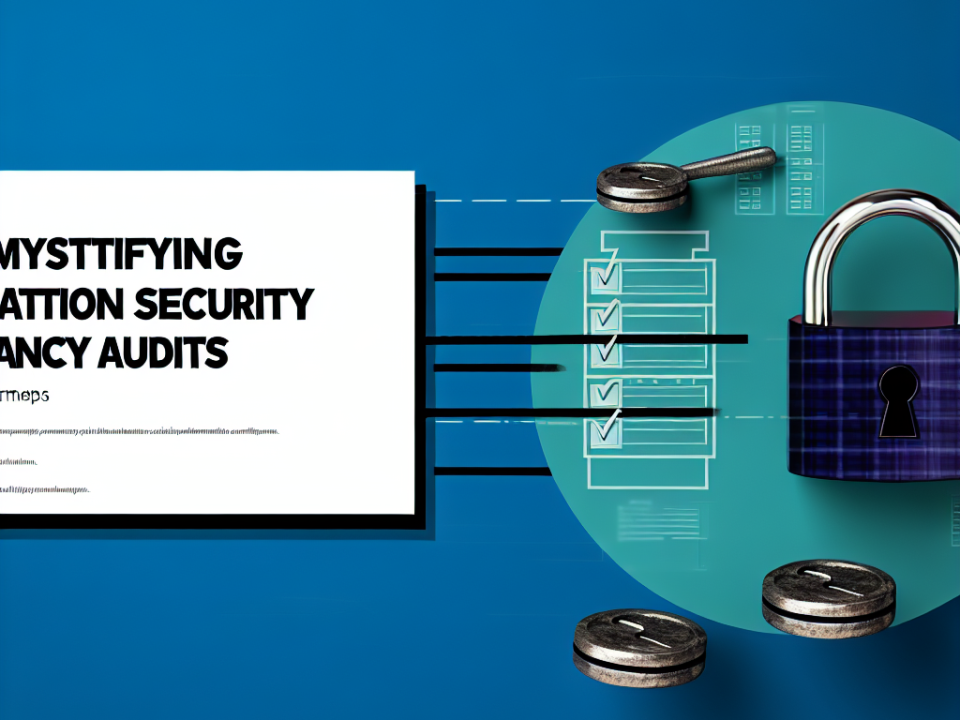
Boosting Your Security Posture: The Strategic Advantage of a vCISO
August 7, 2025
From Compliance to Crisis Management: A vCISO’s Role in Modern Business
August 8, 2025
As cyber threats continue to evolve and escalate, organizations across various sectors face mounting pressure to adhere to stringent regulatory requirements concerning data protection and cybersecurity. This article explores several noteworthy case studies that exemplify successful compliance strategies in regulatory cybersecurity, highlighting how organizations not only met but also exceeded regulatory standards, thereby strengthening their overall security posture and reputation.
1. Financial Services: A Major Bank’s Multi-Layered Defense
Background: A leading global bank faced significant challenges with data security due to increasing cyberattacks targeting the financial sector. The bank needed to comply with the Gramm-Leach-Bliley Act (GLBA), which mandates financial institutions to protect consumer information.
Actions Taken:
- Risk Assessment and Gap Analysis: The bank conducted a comprehensive risk assessment to identify vulnerabilities within its existing cybersecurity framework.
- Multi-Layered Security Framework: A multi-layered security framework was implemented, including firewalls, intrusion detection systems, encryption, and regular security audits.
- Employee Training: The bank initiated continuous cybersecurity training programs for employees, fostering a culture of security awareness.
Results:
- The bank successfully reduced phishing attack incidents by 50% within a year.
- Regulatory audits showed zero penalties or compliance violations, enhancing customer trust and loyalty.
2. Healthcare Sector: A Hospital’s Response to HIPAA Requirements
Background: A mid-sized hospital was struggling to comply with the Health Insurance Portability and Accountability Act (HIPAA), particularly concerning the safeguarding of patient data against unauthorized access.
Actions Taken:
- Implementation of Access Controls: The hospital established strict access control mechanisms, ensuring that only authorized personnel could access sensitive patient data.
- Data Encryption: All personal health information (PHI) was encrypted at rest and in transit.
- Incident Response Plan: A robust incident response plan was developed, including regular drills and simulations.
Results:
- Following the enhancements, the hospital reported a 60% decrease in data breaches over two years.
- An external audit revealed that the hospital exceeded HIPAA compliance requirements, resulting in positive media coverage and community trust.
3. Retail Industry: A Retail Chain’s PCI DSS Compliance Journey
Background: A major retail chain faced regulatory scrutiny for its failure to achieve compliance with the Payment Card Industry Data Security Standard (PCI DSS) following several data breaches.
Actions Taken:
- Third-Party Assessment: The retail chain enlisted a cybersecurity consulting firm to assess its compliance posture and identify gaps in its security measures.
- Infrastructure Overhaul: Upgrades included implementing point-to-point encryption and tokenization for credit card transactions.
- Continuous Monitoring: The chain invested in advanced monitoring technologies to detect and respond to threats in real-time.
Results:
- The retail chain successfully achieved PCI DSS compliance within six months, leading to a 40% reduction in fraudulent transactions.
- Positive customer feedback increased, contributing to a boost in sales and brand loyalty.
4. Energy Sector: A Utility Company’s Cyber Resilience Program
Background: As critical infrastructure, an energy utility company faced unique cybersecurity challenges, needing to comply with the North American Electric Reliability Corporation Critical Infrastructure Protection (NERC CIP) standards.
Actions Taken:
- Comprehensive Vulnerability Testing: Regular penetration testing and vulnerability assessments were conducted to identify potential weaknesses in the system.
- Enhanced Incident Response: The utility company developed a robust incident response team that collaborated with federal agencies, enhancing its capability to address cyber incidents effectively.
- Supply Chain Security: The organization implemented rigorous cybersecurity standards for third-party vendors to secure its supply chain.
Results:
- The utility company was able to demonstrate compliance with NERC CIP standards ahead of schedule, avoiding potential fines and penalties.
- Its proactive approach resulted in a diminished risk of successful cyberattacks, thus ensuring reliable energy supply to customers.
Conclusion
These case studies illustrate that proactive compliance in regulatory cybersecurity not only helps organizations avoid penalties and fines but also enhances overall security resilience and customer trust. By employing comprehensive strategies, investing in technology, and fostering a culture of cybersecurity awareness, organizations can successfully navigate the complex landscape of cybersecurity regulations. Going forward, these success stories serve as benchmarks for other institutions striving for excellence in cybersecurity compliance, ultimately creating a safer digital environment for all.







